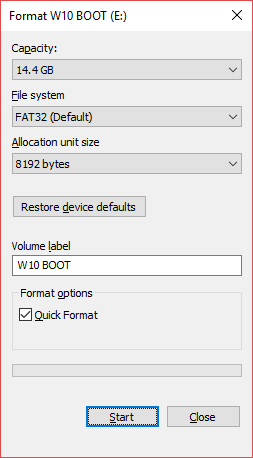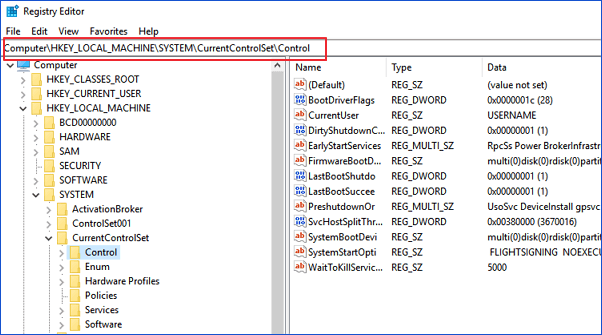

Learn more about Windows Update.īe sure Windows Security is turned on to help protect you from viruses and malware (or Windows Defender Security Center in previous versions of Windows 10).


Make sure your PC is up to date with the latest version of Windows and all the latest patches. Ransomware can target any PC-whether it’s a home computer, PCs on an enterprise network, or servers used by a government agency. Look out for strange spellings of company names (like "PayePal" instead of "PayPal") or unusual spaces, symbols, or punctuation (like "iTunesCustomer Service" instead of "iTunes Customer Service"). You can often recognize a fake email and webpage because they have bad spelling, or just look unusual. Opening malicious or bad links in emails, Facebook, Twitter, and other social media posts, or in instant messenger or SMS chats. Opening file attachments that you weren’t expecting or from people you don’t know. Visiting unsafe, suspicious, or fake websites. Some of the ways you can get infected by ransomware include: If your computer is connected to a network the ransomware may also spread to other computers or storage devices on the network. Ransomware is malware that encrypts your files or stops you from using your computer until you pay money (a ransom) for them to be unlocked. Security Windows 7 Windows 8.1 Windows 10 More.


 0 kommentar(er)
0 kommentar(er)
